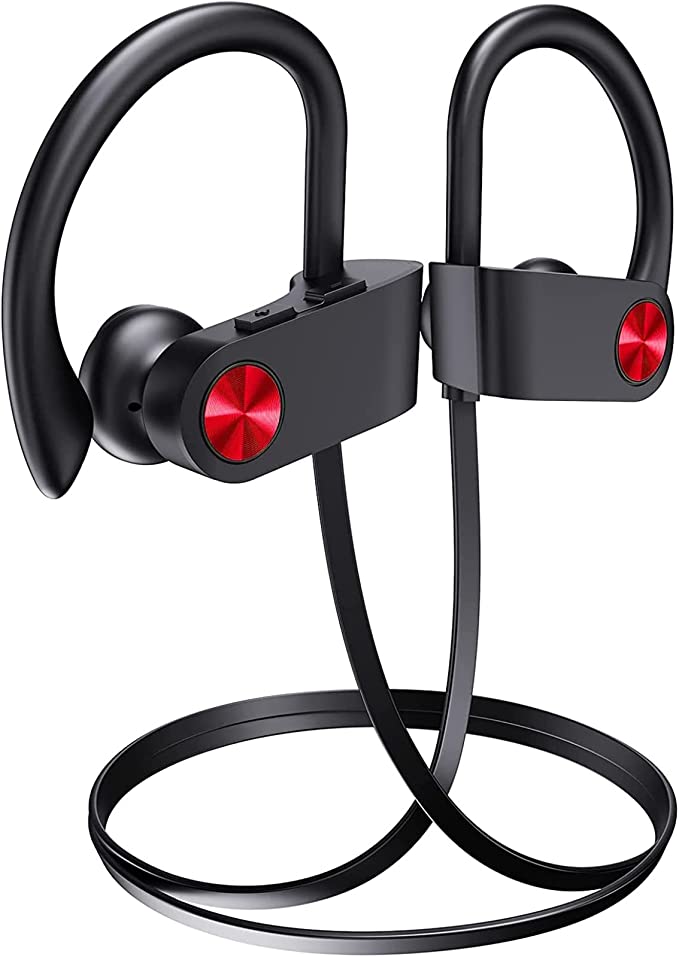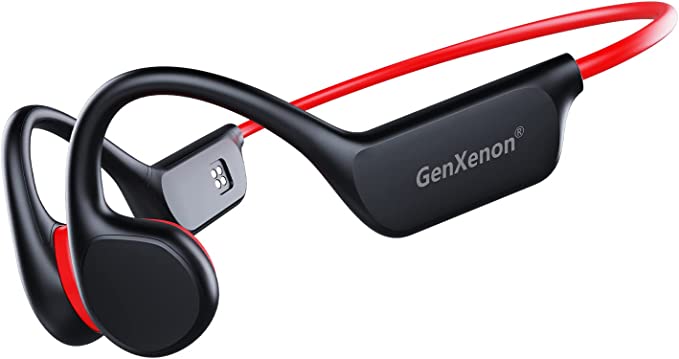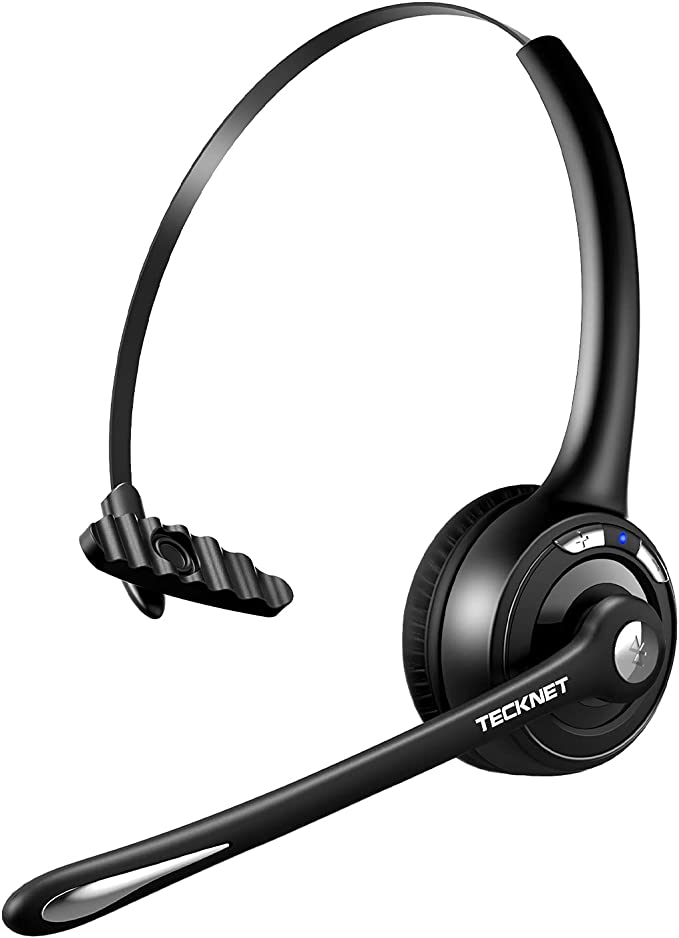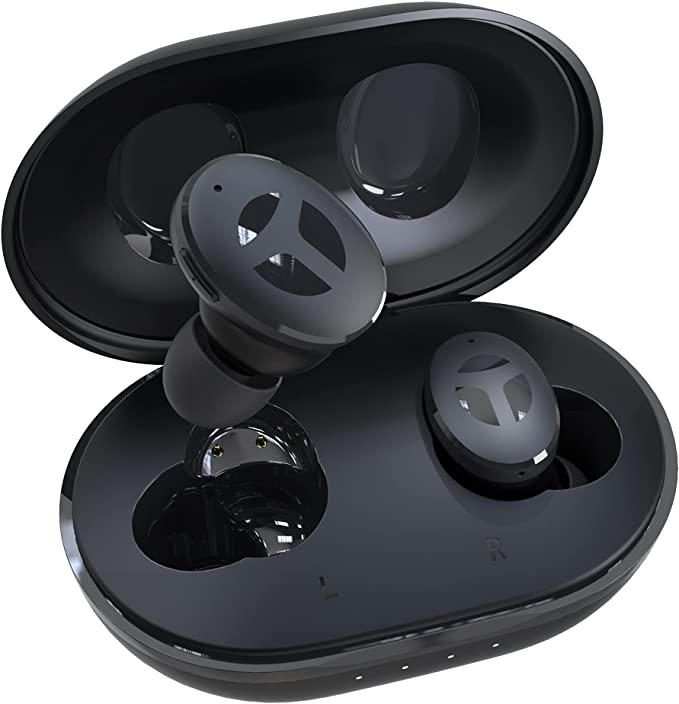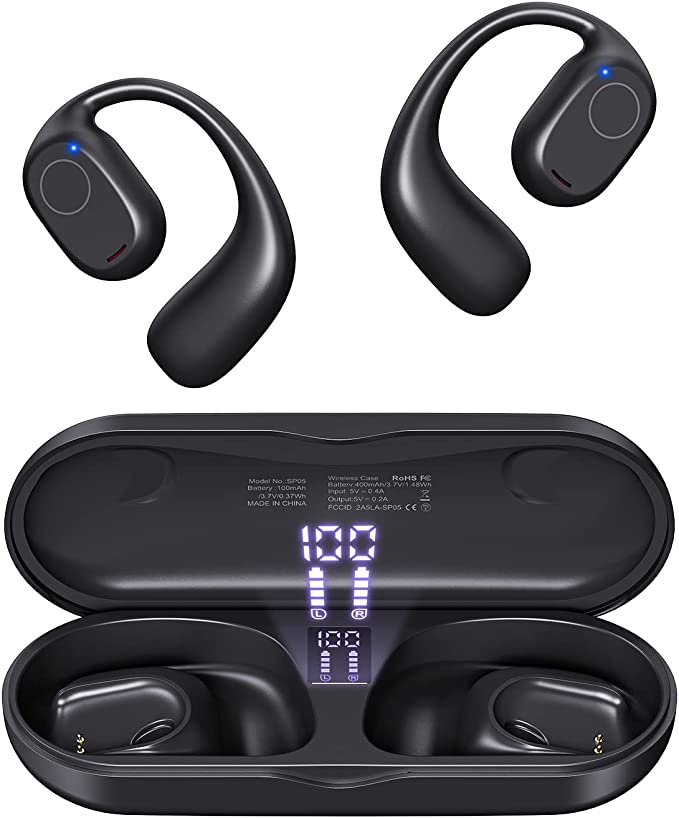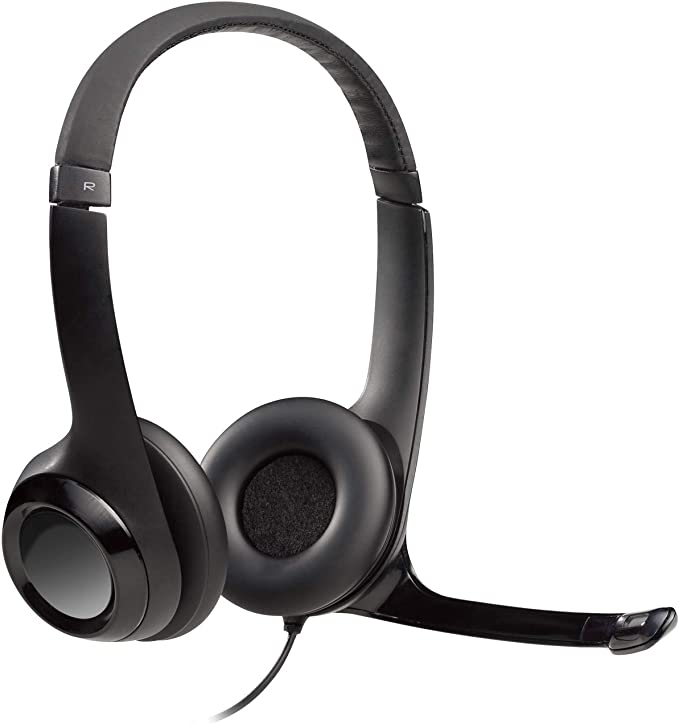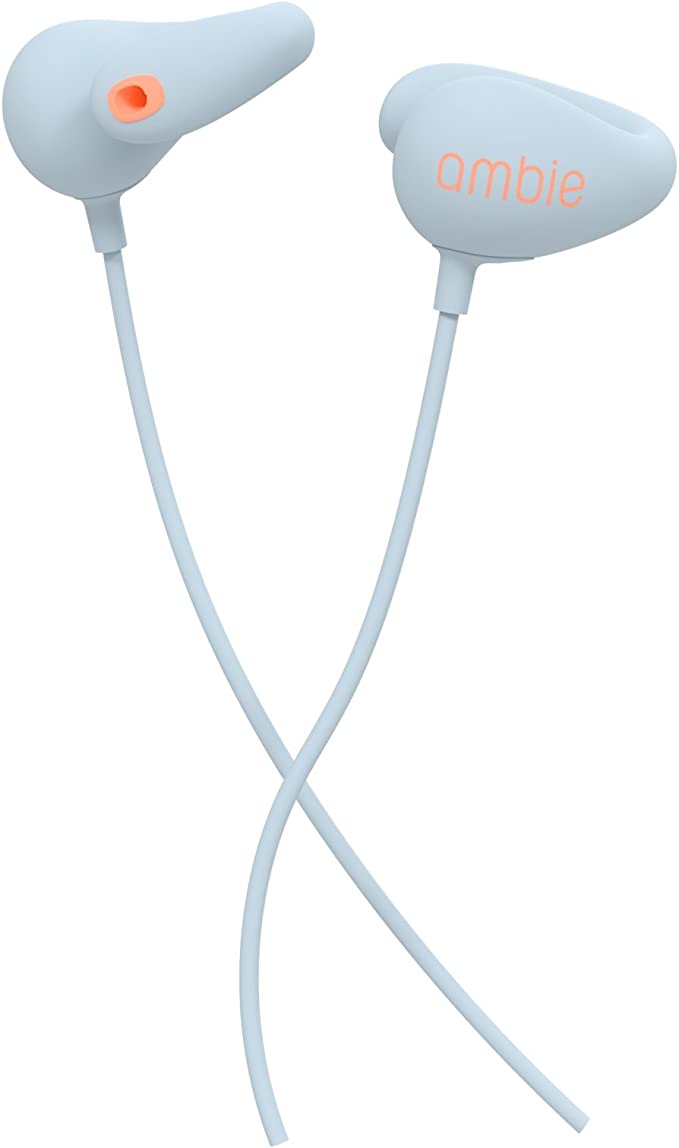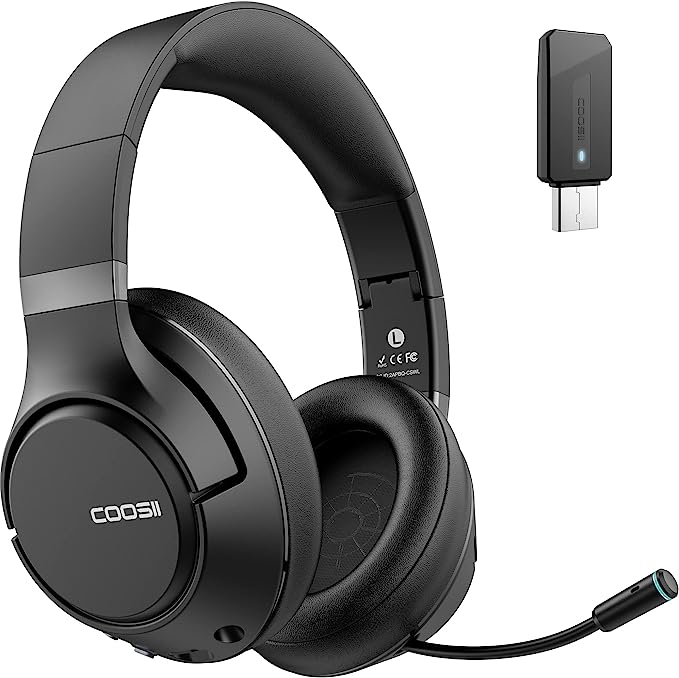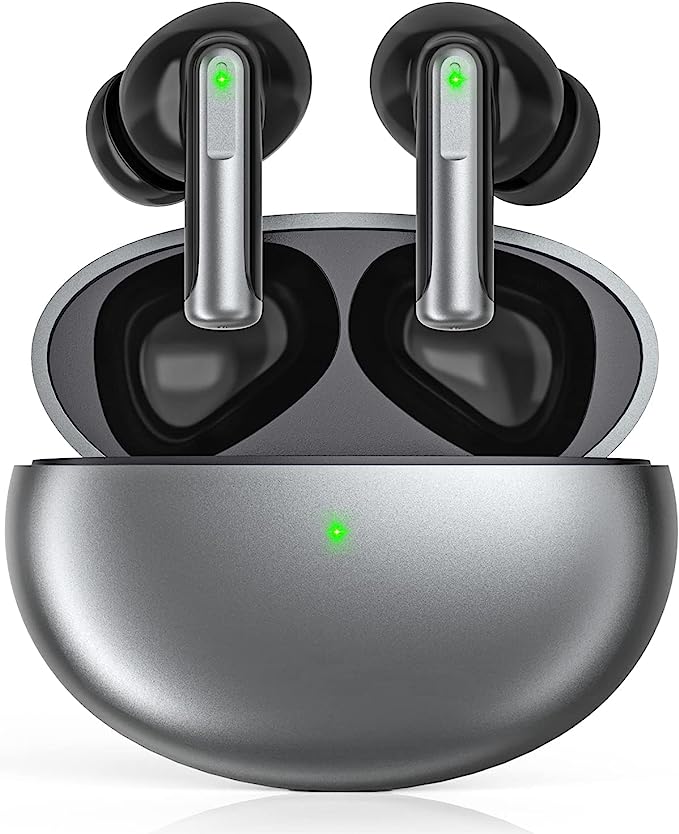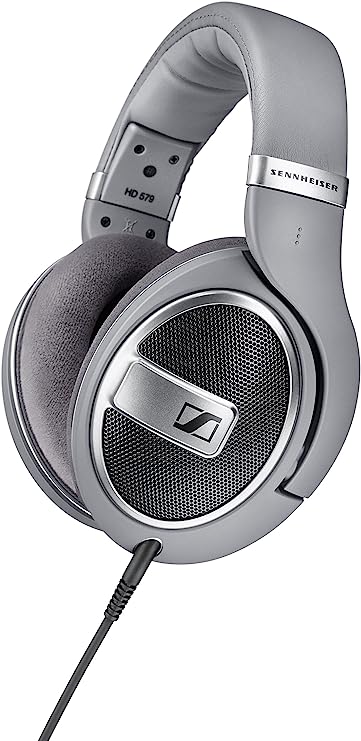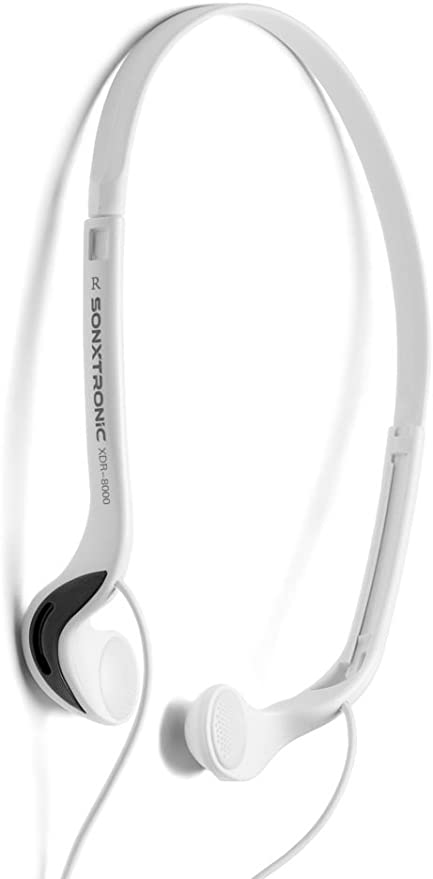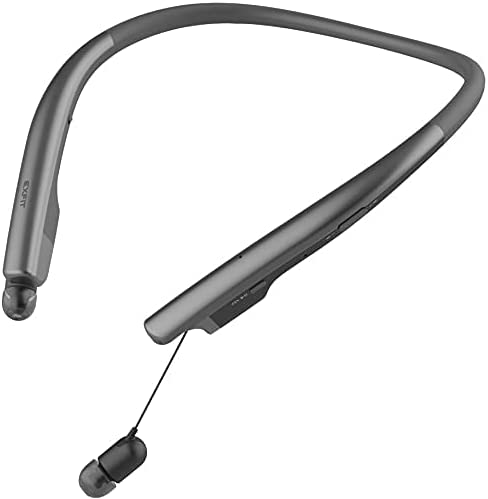The Analog Ether & The Digital Stream: A Guide to Modern World-Band Radio (SW, SSB & Internet)
Update on Oct. 30, 2025, 12:58 p.m.
The Analog Ether & The Digital Stream: A Guide to Modern World-Band Radio
Let’s talk about one of the most fascinating human experiences: pulling a voice, a song, or a coded message out of thin air.
For generations, this was the magic of “world-band” radio. The thrill of turning a dial and, with a crackle of static, landing on a signal that had bounced off the upper atmosphere from a continent thousands of miles away. It was, and still is, a window to a planet otherwise unheard.
But in our hyper-connected age, this magic faces a new question. Why wrestle with static and atmospheric fade when you can instantly stream any of 40,000 global stations in perfect, digital clarity over Wi-Fi?
This is the central tension of the modern radio hobby: the Analog Ether vs. the Digital Stream.
It’s a debate between the romance of discovery and the power of instant access. But what if you didn’t have to choose? What if the ultimate global listening experience was no longer “either/or,” but “both/and”?
This is the new frontier of radio. It’s a hybrid world where devices are emerging that are both a classic shortwave receiver and a powerful internet streaming client. To understand why this combination is so revolutionary, we first need to understand the magic—and the limitations—of both worlds. As your guide, I’m here to break it down, lesson by lesson.
Part 1: The Analog Soul (The “Ether”)
This is the world of traditional radio, where you are a passive listener catching signals that are actively broadcast. It’s a game of physics, timing, and skill.
Lesson 1: The Magic of Shortwave (SW)
When you listen to a local FM station, the signal travels in a straight line from the transmitter to your antenna. If a mountain is in the way, you get static.
Shortwave is different. Its frequencies (roughly 2.3 to 30 MHz) have a special property: they don’t just travel in a straight line; they shoot up and bounce off the ionosphere, an electrically charged layer in our upper atmosphere.
Think of it like skipping a stone across a pond. A single transmission can make multiple “hops,” allowing a broadcast from Germany to be heard in North America, or a station in China to be picked up in Australia.
- The Thrill: You are at the mercy of the sun, the time of day, and the 11-year solar cycle. Some nights, the bands are silent. Other nights, they explode with signals. You never know what you’ll find.
- The “Catch”: It requires patience. Signals fade in and out, and the bands are filled with static and noise. It’s an active listening experience.
Lesson 2: The “Secret” World of SSB (Single Sideband)
Now, let’s go one level deeper. This is the feature that separates casual listeners from true hobbyists.
When you tune into a standard AM or SW broadcast, you’re hearing a signal that is actually very inefficient. Imagine a transmitter is “shouting” its message. To do this, it wastes most of its energy on:
1. A huge, useless carrier wave (a constant, silent tone).
2. Two identical copies of the audio (the “sidebands”).
It’s like paying for a 3-course meal but only eating one dish.
Single Sideband (SSB) is the engineer’s brilliant solution. It strips away the useless carrier wave and one of the redundant sidebands. All the transmitter’s power is concentrated into one lean, information-packed signal.

- The Thrill: SSB is the key that unlocks the “hidden” radio world. It’s not used for music, but for communication where efficiency is paramount. When you tune SSB, you’re listening to amateur “ham” radio operators chatting across oceans, maritime weather reports for sailors, military communications, and long-range air traffic control. It’s the real, unfiltered pulse of the planet.
- The “Catch”: You need a special “SSB-capable” receiver. Without it, SSB signals just sound like a garbled “Donald Duck” warble. It requires fine-tuning and a stable radio.
The analog world is incredible. Its greatest strength is its resilience. It requires no internet, no cell towers, no infrastructure—just a transmitter, a receiver, and the laws of physics.
Part 2: The Digital Mind (The “Stream”)
This is the world of internet-based audio. Here, you are not a passive receiver but an active client. You don’t “tune” a frequency; you “request” a data stream from a server.
Lesson 3: The Infinite Dial of Internet Radio
When a radio, like the CHOYONG LC90, boasts “40,000+ stations,” it’s not pulling these from the air. It’s accessing a massive online aggregator—a database of streaming URLs from all over the world.
When you select “BBC Radio 4,” the radio uses its Wi-Fi or 4G connection to send a request to a server in London, which then streams the audio back to you in real-time.
- The Thrill: It is the “infinite dial.” You have access to almost any station on Earth, on-demand, in perfect, crystal-clear digital audio. Want to hear a niche jazz station from New Orleans, followed by a news broadcast from Tokyo, followed by a classical station from Vienna? It takes three clicks. No static. No fading. No “bad reception.”
- The “Catch”: Its greatest weakness is its fragility. It is 100% dependent on infrastructure. If your Wi-Fi goes down, your power is out, or you’re camping in the wilderness, your internet radio is a silent box.
Lesson 4: The Rise of Smart Features
Because these radios are fundamentally small computers connected to the internet, they can do more than just stream. This is where we see:
- Podcast Integration: The device can access podcast directories directly.
- Bluetooth: It can function as a high-quality speaker for your phone.
- Firmware Updates: The radio can be improved over time. For example, the LC90’s V4.7 firmware update (mentioned in its documentation) added features like podcast support and even ChatGPT-powered voice search to help navigate its massive station list.
Part 3: The Synthesis: Why Both is the Ultimate Answer
For decades, the radio hobby was split into these two camps. Analog purists scoffed at “non-radio” internet streams, and digital natives saw no point in listening to static.
The new generation of hybrid “world-band” radios finally provides the answer: you need both.
The analog and digital worlds are perfect complements, each covering the other’s weaknesses.
| Scenario | Internet Radio (The Stream) | Shortwave / SSB (The Ether) |
|---|---|---|
| Casual Listening | Winner. Perfect clarity for music and talk. | Noisy and prone to fading. |
| Global Access | Winner. Access to any station with a stream. | Limited to what you can physically receive. |
| Off-Grid / Emergency | Fails. Requires power and internet. | Winner. The only option. Works anywhere. |
| The “Thrill of the Hunt” | Fails. You know exactly what you’ll get. | Winner. The entire point is discovery. |
| Hobbyist Comms | Fails. You can’t listen to ham operators. | Winner. This is the home of SSB. |
This synthesis is the new “world-band.” It’s a device that gives you instant, clear access to the world’s known broadcasts via the internet, while also giving you the resilient, off-grid ability to discover the world’s unknown signals via SW and SSB.
Part 4: What to Look for in a Modern Hybrid Radio
If you’re intrigued by this hybrid world, the features to look for are different from a simple portable. Using a modern radio like the CHOYONG LC90 as our case study, here is what truly matters.

1. The Connectivity (The Digital Engine)
- Wi-Fi: This is the baseline for at-home streaming. A key detail, as noted by users of many devices, is that these radios often prefer the 2.4GHz band (which has better range and wall penetration) over 5GHz.
- 4G/LTE Capability: This is a game-changer. A radio with a 4G SIM card slot (like the LC90) untethers internet radio from your home. You can stream in perfect clarity from a park, a campsite, or your car, far from any Wi-Fi.
2. The Audio System (The “Voice”)
This is where most portable radios fail. They use a single, cheap speaker that sounds “tinny.”
- Shortwave & SSB: You need excellent voice clarity to understand faint, noisy signals.
- Internet Radio & Music: You want rich music fidelity with good bass and clear highs.
To solve this, high-end radios use a two-way speaker system. * A Woofer (a larger speaker) handles the mids and lows (like basslines and deep voices). * A Tweeter (a smaller, silk-dome speaker) handles the high frequencies (like cymbals and s-sounds).
This “division of labor,” often paired with a passive radiator to enhance bass, is what allows a device to sound as good as a dedicated music speaker and be a sensitive communications receiver.

3. The Analog “Front-End” (The “Ears”)
This is the most delicate part of the design. The internal circuitry (the “RF front-end”) that processes the faint analog signals from the antenna is an art form.
It’s a balancing act. A circuit designed to be hyper-sensitive to shortwave might perform poorly on the AM (MW) band. As some hobbyists note, a device that does everything (LW, MW, FM, SW, SSB) may not be the absolute best at any single one compared to a specialized, single-band receiver. But that is the trade-off for the convenience of having every band in one box.
The Final Word: The Complete Listening Experience
The CHOYONG LC90 is a fascinating example of a device that is not just a “radio,” but a physical bridge between two entirely different philosophies of listening.
It’s a tool for the truly curious.
It’s a device that lets you listen to a crystal-clear podcast streamed from a server in New York, then switch to the analog bands and hear a ham radio operator in Brazil talking to someone in Japan on SSB.
In an age of curated playlists and algorithmic bubbles, the magic of the “world-band” has never been more vital. It’s the thrill of the unknown, the joy of discovery, and the human connection of a shared signal. The modern hybrid radio doesn’t ask you to choose between the old magic and the new. It invites you to have both.










